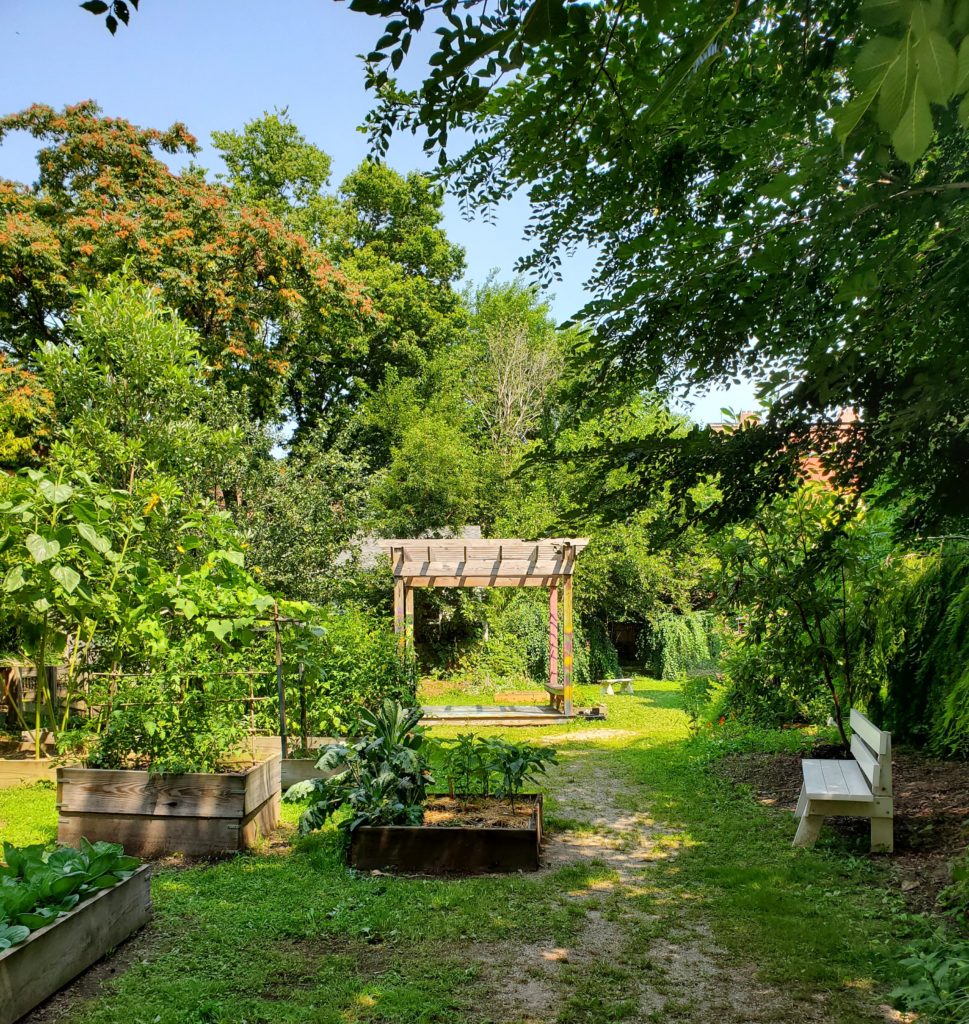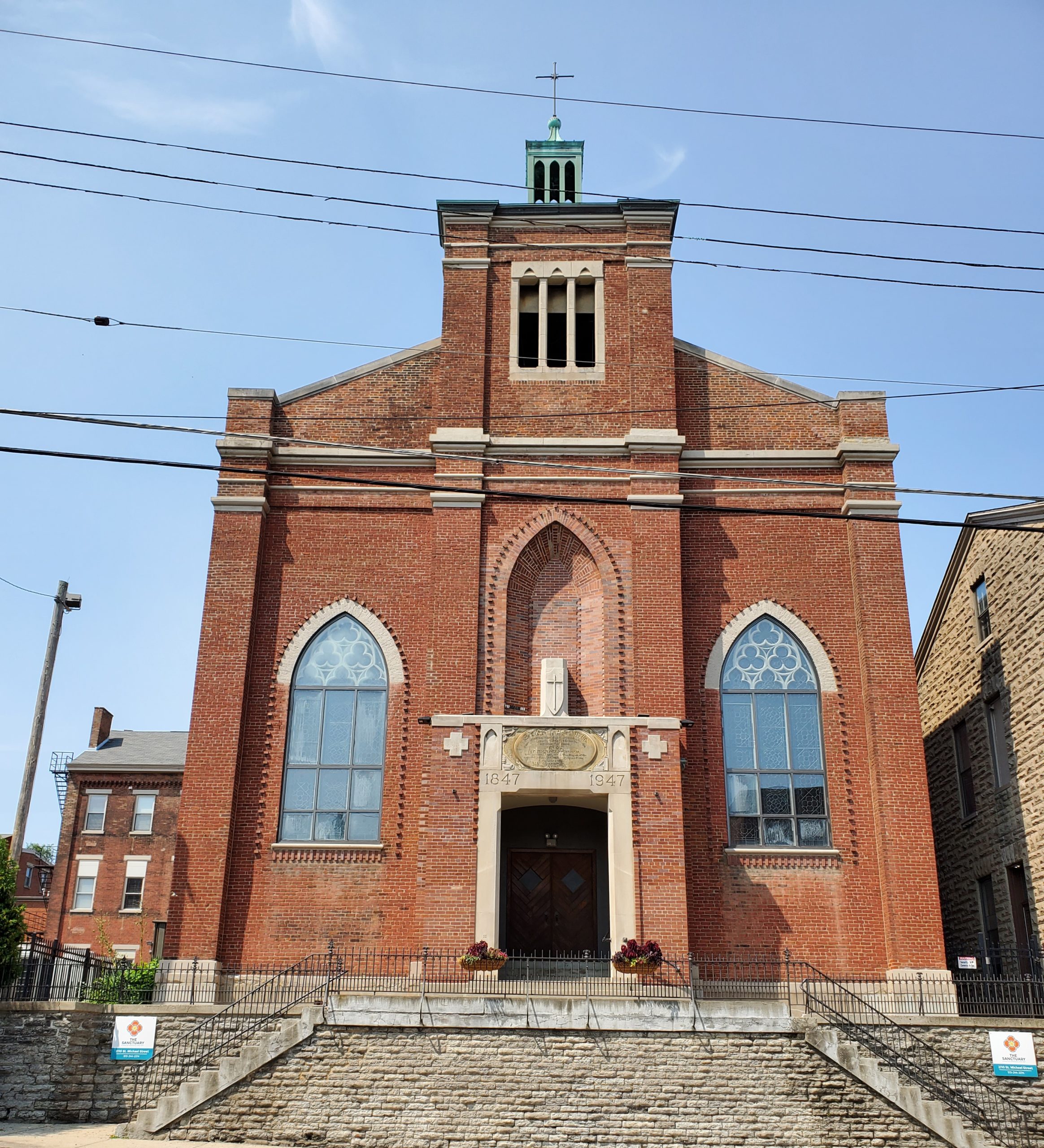Lower Price Hill has historically occupied a place within the city of Cincinnati as one of the central urban Appalachian neighborhoods. Although not as significant in terms of population as East Price Hill, Lower Price Hill has been largely defined by the settlement of Appalachians as they made their home in the urban landscape. According to the Social Areas of Cincinnati, a report compiled by Core Member Mike Maloney and Christopher Auffrey, “The largest concentration of Appalachians in Cincinnati includes East Price Hill, one tract in West Price Hill, Lower Price Hill, Sedamsville-Riverside and Riverside/Sayler Park.” There have been major changes in the neighborhood over the years, but the status of Lower Price Hill as an urban Appalachian neighborhood remains strong.
As recently as 2009, Lower Price Hill held a steady population of urban Appalachians, about 90 percent of those who called Lower Price Hill home traced their family to Appalachia. Like the rest of the city, Lower Price Hill has seen a steady influx of people from other communities, including the Latino/a community that continues to grow in greater Cincinnati. Lower Price Hill also experienced a fairly dramatic loss of overall population since the 1970s when it was at its peak.
Core Member Mike Maloney explained that Lower Price Hill grew quickly along with Over-the-Rhine and emerged as a distinct Appalachian neighborhood in the 1970s. “We recognized the importance of Lower Price Hill as an Appalachian neighborhood, and this is one reason why the Urban Appalachian Council moved to West Eighth Street.” Eventually, “Lower Price Hill took its place as one of the primary urban Appalachian neighborhoods.” Lower Price Hill is still the home base for the Urban Appalachian Community Coalition’s Frank Foster Library and for two of UACC’s partner organizations, Community Matters and Education Matters.
Lower Price Hill has seen more than its share of struggles over the years. The environmental issues that plagued the neighborhood in the 1980s became a rallying point for multiple groups and agencies, the Urban Appalachian Council among them. The long-fought battle over toxic waste in the neighborhood culminated with the Queen City Barrel fire in 2004. The legacy of this remains unknown even as groups like the Lower Price Hill Environmental Leadership Group fought to bring environmental justice to the neighborhood.
Today, Lower Price Hill is adjusting to the Twenty-first Century with all the excitement and growing pains that come with such rapid changes. On this topic, I spoke to Nancy Laird to get a sense of what is happening on the ground in Lower Price Hill, and she gave me plenty of reasons to be hopeful for the neighborhood. Nancy’s exact words were: “We are coming along.” She told me one of the most exciting things buzzing in the neighborhood right now is the opening of Meiser’s Fresh Grocery & Deli. Nany Laird referred to the opening of Meiser’s as the number one addition to the neighborhood. Reba Hennessy filled me in on the latest with Meiser’s.
Reba told me, “Meiser’s is pulling together, and we are in the building inspection process now.” After one little hiccup in getting some of these inspections straightened out, Meiser’s is shooting for a grand opening soon. This is a much-needed addition to Lower Price Hill which is a food desert right now. Reba went on to say that they have “four weekly deliveries of rescue foods that we will stock for free. Our model will now be a blend of free and affordable items.” It has been a struggle (Reba Hennessy was on the run as we spoke), but Lower Price Hill will once again have a neighborhood grocery store.
As Lower Price Hill wakes up from the enforced slumber of the COVID-19 pandemic, events are slowly coming around. “We had a Summer Safety Fest in June down in Oyler Park,” said Nancy. “This included speakers and talks on teen leadership. We had representatives from the Center for Addiction Treatment to talk about addiction and recovery. Red Bike came and adjusted bicycles for people to make them safe,” she continued. Nancy said it was a relief to finally be able to get folks together for a neighborhood event.

Other things that are stirring include a new minister at the “White Church,” as it is known, referring to the color of its siding. This is the Methodist Church on Storrs and State that serves as something of a community hub. And with this, the Women’s Group is meeting again, a group that has played central roles in many of the community efforts in Lower Price Hill. And perhaps one bit of news that anyone can get behind is that crime is down in the neighborhood. Nancy Laird told me, “The police were joking that they may not be needed before long.”
Because Lower Price Hill is so small, and because much of what happens in the neighborhood happens on one street—maybe two, I decided to take a walk down to the garage on State Street and talk to Dale Lanter and the group of guys that meet there every day. Dale and his guys are something of a fixture in the neighborhood. If you drive down State, you will see them bent over a vehicle or running the grill. Dale and his guys have also done work for Meiser’s and others simply because they can. Dale had some strong opinions, but he emphasized that the old neighborhood ties are still strong. Dale expressed some concern about shady dealings in the neighborhood, but he is emphatic that nearly all of this comes from outside. “We’re just here the same as we’ve always been. Everybody pitches in around here,” Dale told me.
Dale Lanter also shares some of the same concerns expressed by Mike Maloney with regard to developers and gentrifiers coming into Lower Price Hill. These are national trends, and the neighborhoods of greater Cincinnati are not immune to them. “The Appalachian communities have taken a hit from property speculators,” said Mike Maloney. And Dale Lanter expressed some suspicions toward other groups who are buying up property in Lower Price Hill and making access to that property exclusionary.
The urban Appalachian neighborhoods around greater Cincinnati are changing rapidly. Because it is so small, Lower Price Hill can be seen as something barometer of what is happening in the city. New communities are reshaping the culture of Lower Price Hill even as the old community ties remain firmly in place. The Urban Appalachian Community Coalition is deeply invested in all the communities that define our urban neighborhoods. The changes and challenges that currently shape neighborhoods like Lower Price Hill will define the course of future work in advocacy, research, and neighborhood activism.
Mike Templeton is a writer, independent scholar, barista, cook, guitar player, and accidental jack-of-all-trades. Check out his profile in UACC’s new Cultural Directory. He lives in downtown Cincinnati with his wife who is a talented photographer. They spend their free time walking around the city snapping photos. She looks up at that the grandeur of the city, while Mike always seems to be staring at the ground.

